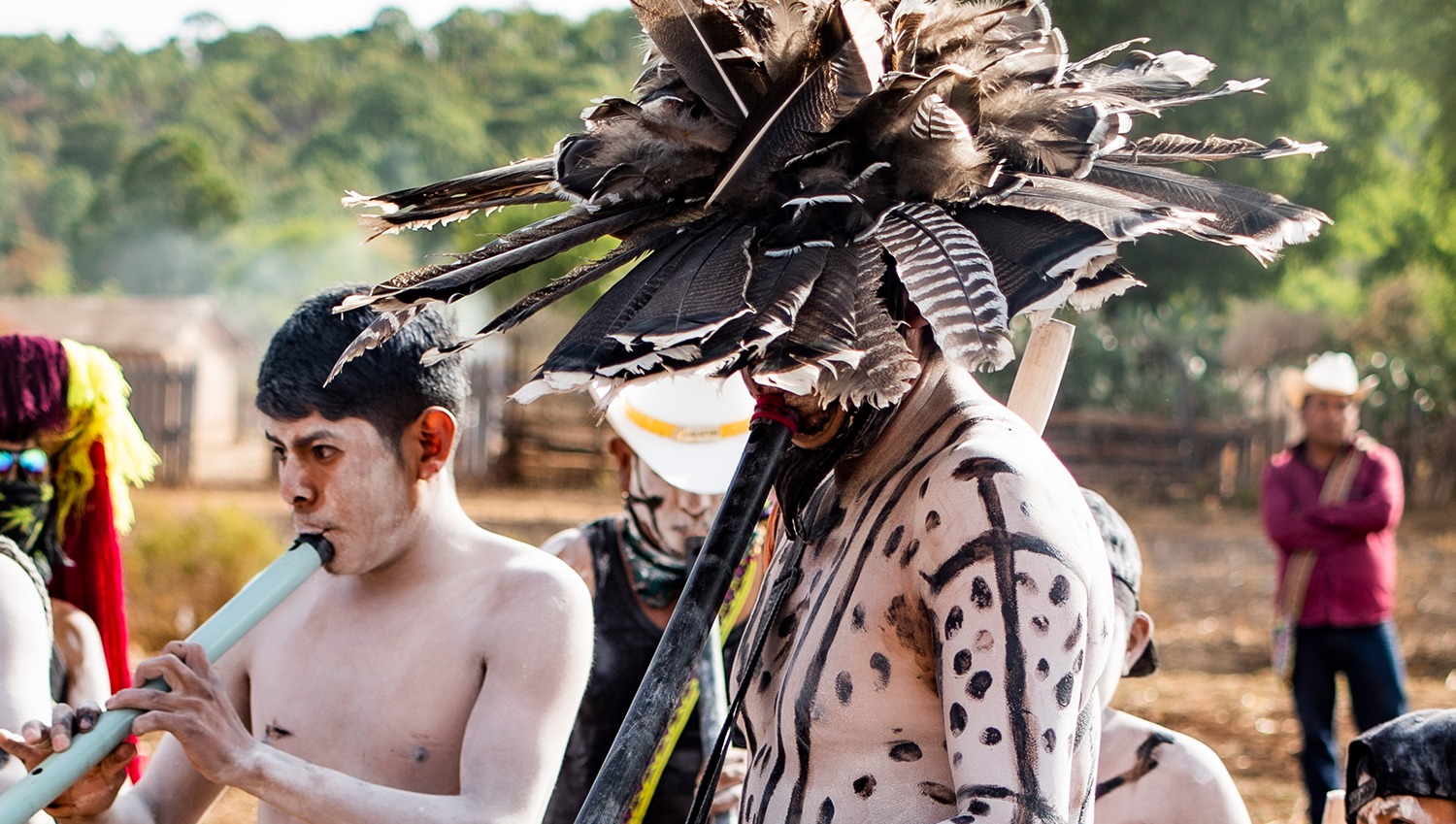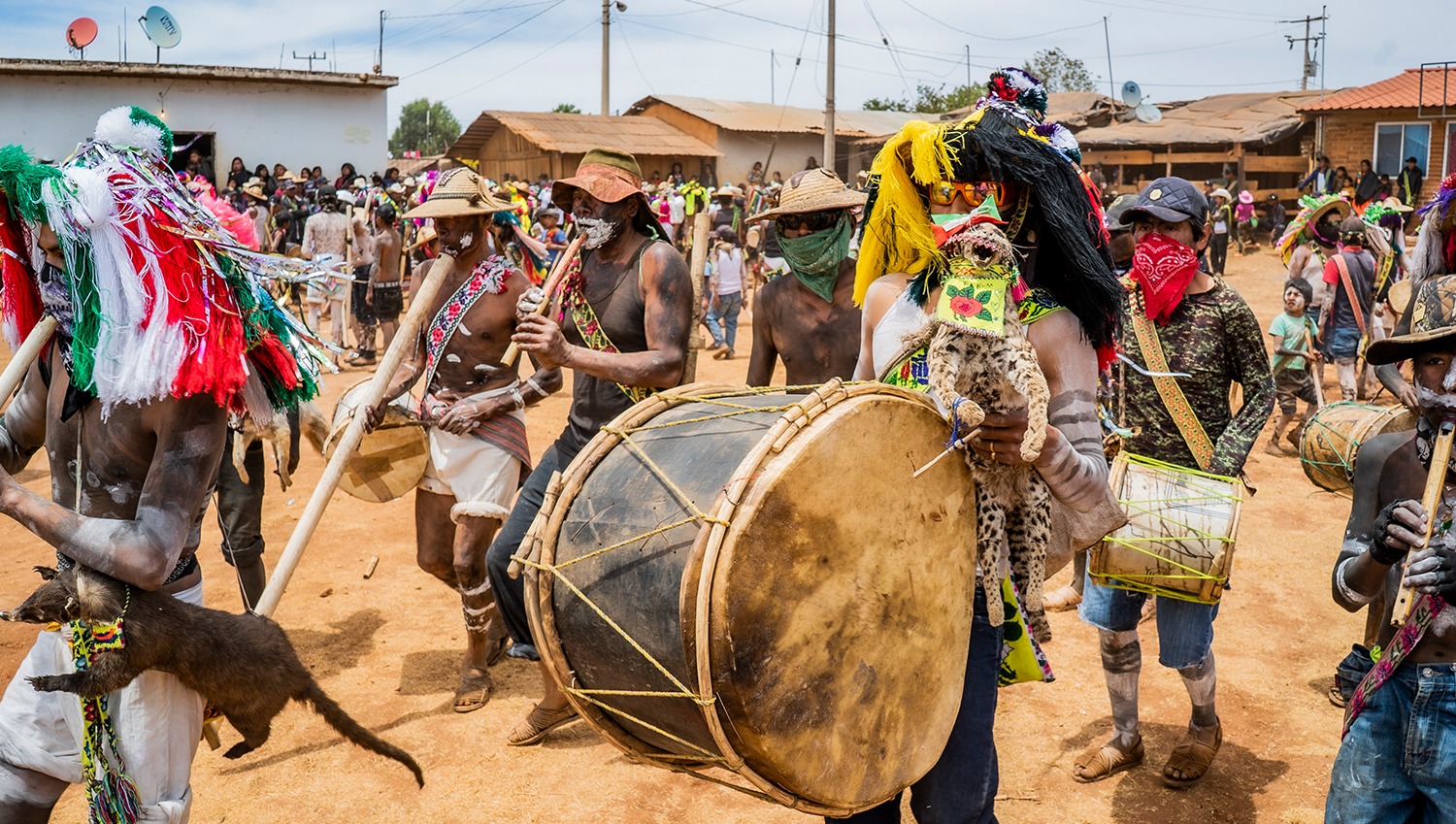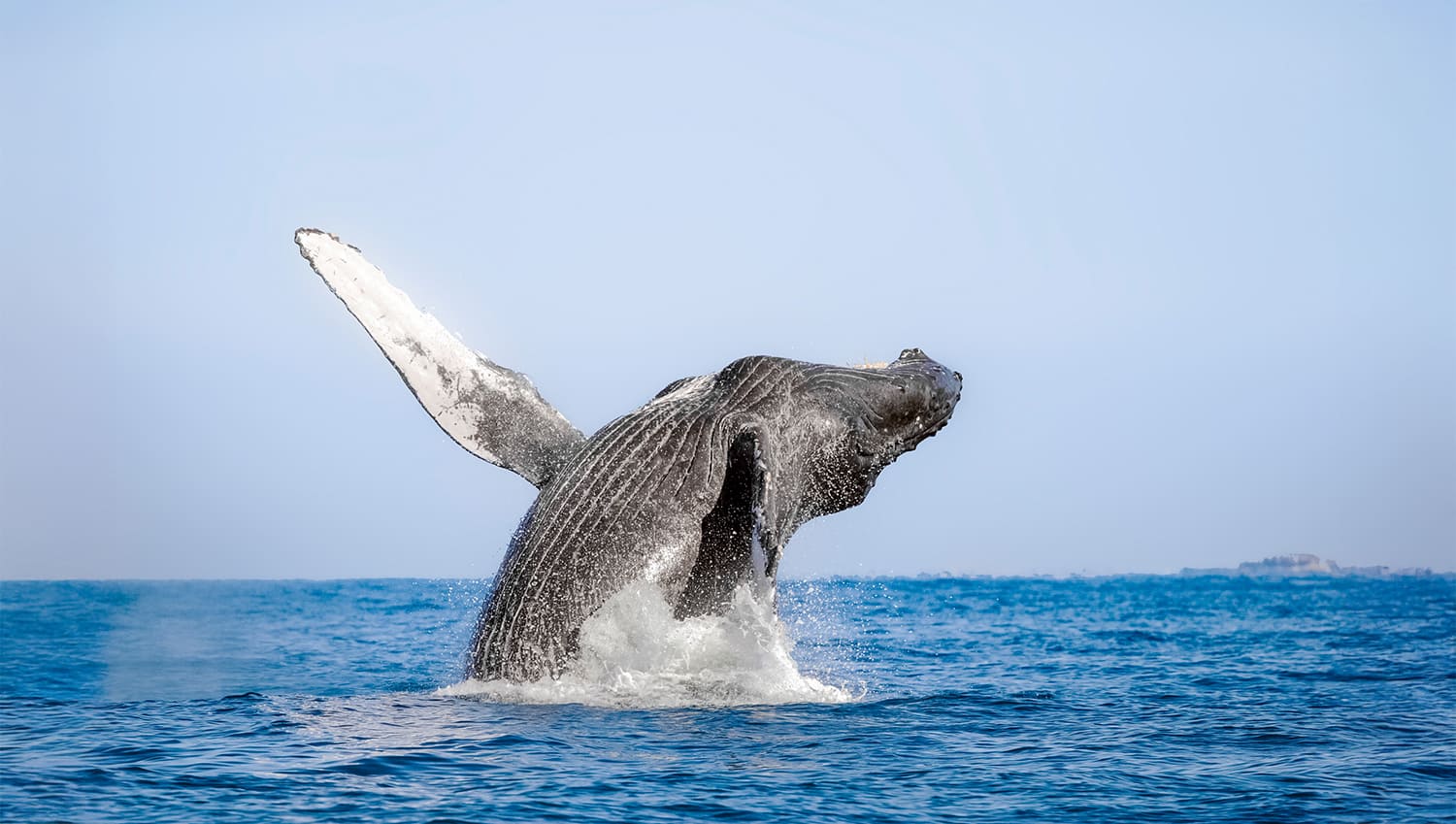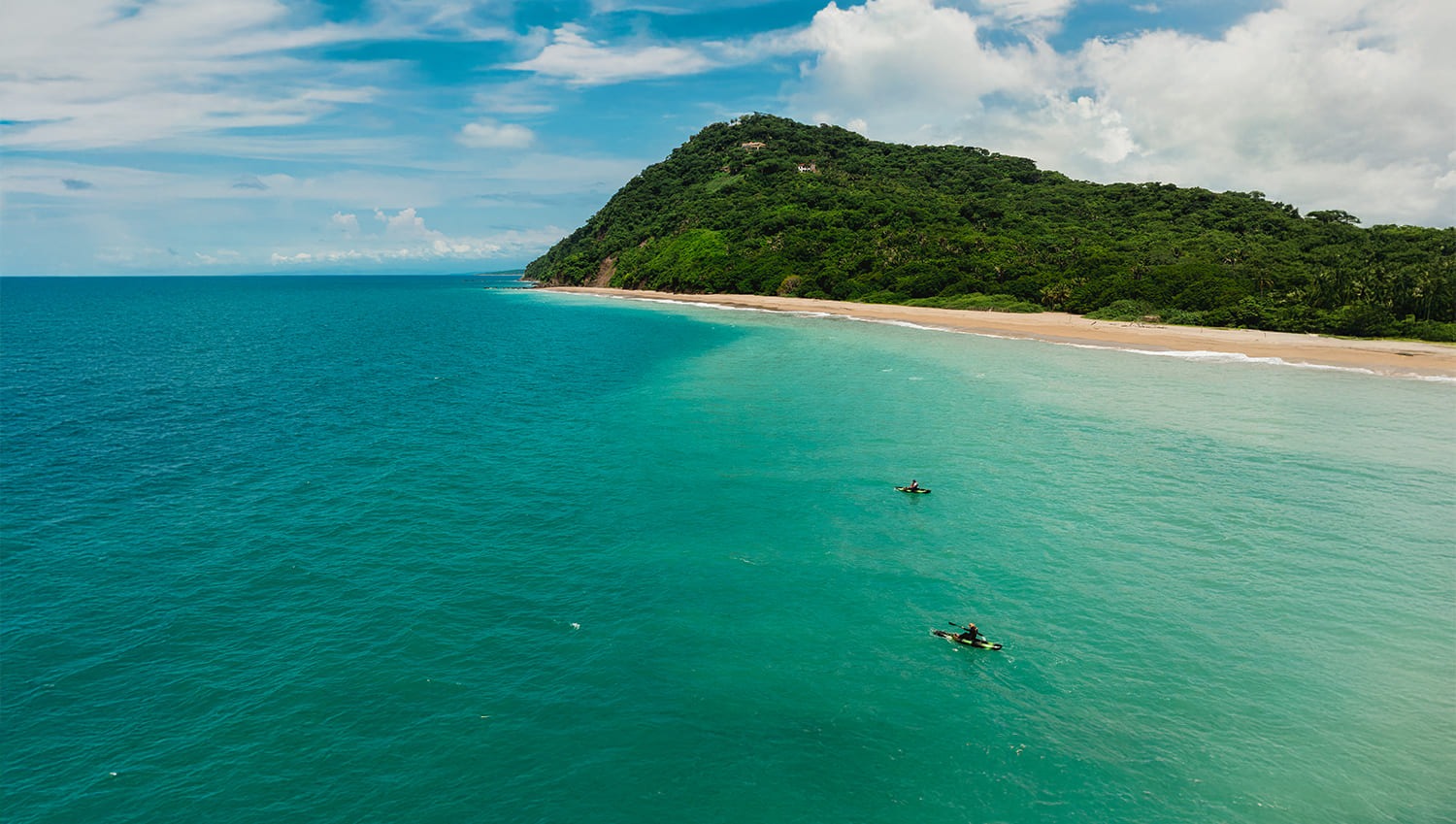Deep within the Sierra del Nayar, where spirituality intertwines with the ancestral memory of a resilient people, one of Mexico’s most profound and moving cultural expressions takes place: Cora Holy Week, also known as La Judea. This sacred ritual, which blends the Christian narrative with the indigenous worldview of the Na’ayarij (Cora) people, offers a unique opportunity for cultural tourism to both residents and visitors of the Banderas Bay.
A TRADITION ROOTED IN RESISTANCE AND WORLDVIEW
La Judea is held during the Holy Week (which in 2025 will take place from April 16th to 19th). The ritual unfolds in communities within the Cora Baja region (San Juan Corapan, Presidio de los Reyes, Mojocuautla, Rosarito, San Juan Bautista, San Blasito, Huaynamota, and San Juan Diego), as well as the Cora Alta region (Santa Teresa, Dolores, Mesa del Nayar, San Francisco and, perhaps one of the most significant ceremonies in the town of Jesús María, located in the municipality of El Nayar).

CORA HOLY WEEK
This celebration is not only a reenactment of the Passion of Christ; it is a symbolic narrative of life’s cycle, the fertility of the land, and the cosmic battle between good and evil. Children, adults, and elders take on roles such as Jews, Pharisees, Moors, demons, and borrados—each representing ancestral and universal forces in a ritual performance.
The activities begin with a ritual in which civil authorities hand over power to the ceremonial group known as Los Centuriones, who, according to tradition, control time, space, and public life in the community during these sacred days.
On Holy Wednesday, a fascinating dance performance takes place, where the Black Jews and Romans take to the streets, embodying the rise of evil. In the afternoon, a theatrical depiction of the persecution of Christ unfolds, while another group—White Jews and apostles—paint themselves in white and march through the village in a solemn procession to the ceremonial center. The Black Jews end their daylong fast, while the White Jews dance through the night to earn their food. Later, the White Jews withdraw, and the Black Jews resume their ritual dances, concluding with a symbolic corn robbery—an act in which local farmers donate part of their harvest to bless the land.
One of the most striking moments occurs during the Parade of the Borrados (named for the transformation of their identity through full-body paint), when semi-nude young men become “demons and stars,” appearing like warriors painted with ashes from burnt corn cobs. They engage in a choreographed battle wielding machetes, accompanied by flute and drum music, chants, and screams, as they chase Christ the Sun in a reenactment of a cosmic struggle that ends with his capture and symbolic death.
The emotional climax takes place on Holy Saturday with the resurrection of Christ the Sun. On this day, the borrados self-destruct symbolically and return to the river from where they emerged at the beginning of the ritual, erasing all traces of their participation. With this act, peace is restored, symbolizing the reestablishment of universal balance.
The celebration concludes with a solemn procession to the Catholic temple, featuring representations of Christ, the Virgin Mary, Saint Joseph, as well as Jews, musicians, and community members.

A JOURNEY BEYOND TIME
For those seeking to witness this authentic, respectful, and transformative experience, it is highly recommended to do so with an accredited guide who understands the cultural depth of this sacred ritual.
The best approach is to plan your visit in advance through a travel agency based in Tepic, Nayarit. Depending on your chosen destination, the journey can take between two and four hours:
- Presidio de los Reyes – 2 h 15 min (110 km)
- San Juan Corapan – 2 h 30 min (120 km)
- Rosarito – 3 h (130 km)
- Huaynamota – 3 h 30 min (150 km)
- Santa Teresa – 4 h (165 km)
- Mesa del Nayar – 4 h 15 min (180 km)
- Jesús María (El Nayar) – 4 h 30 min (185 km)
The trip involves mountain roads with segments that require extra caution.
To be a witness to Cora Holy Week is to step into a world where time stands still, and symbols come to life. The dances, painted faces, ritual screams, and ceremonial silences serve as powerful reminders that this land holds memory—that its people have endured for centuries—and that their spirituality continues to flourish, just as the corn does with the arrival of the rains.



